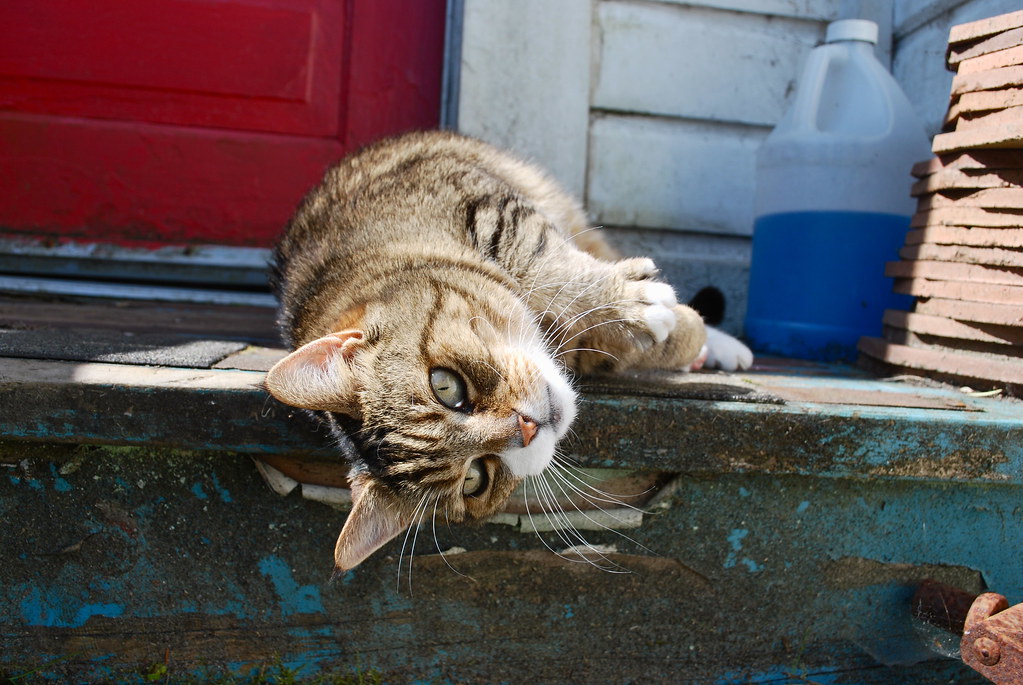
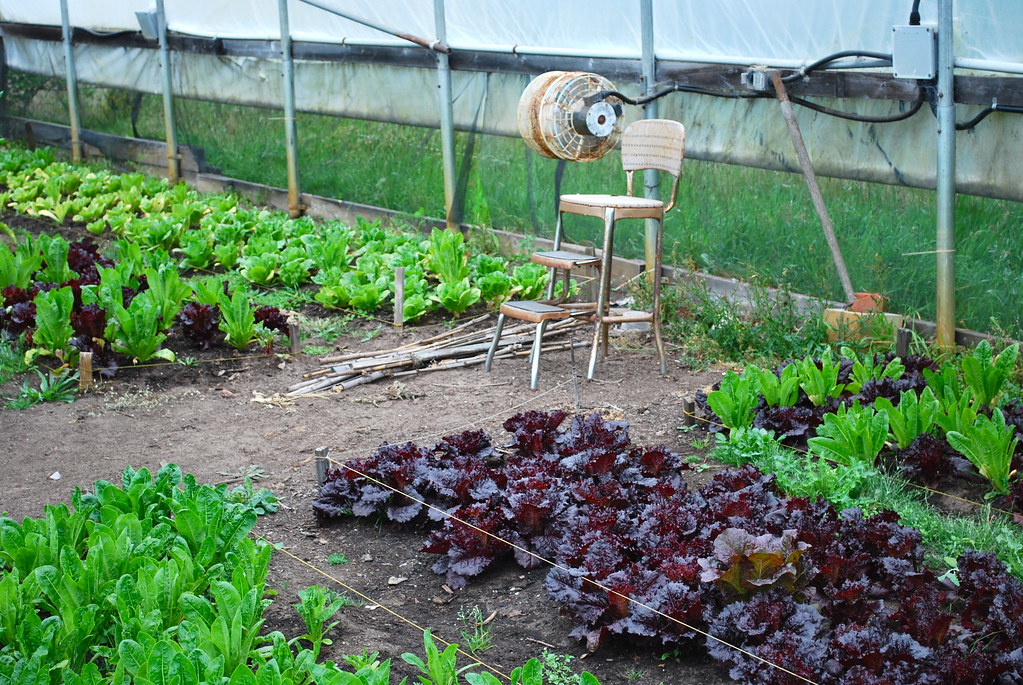
The second law of thermodynamics states that every system tends toward increasing disorder. That's as true for the universe as it was for my apartment back in Santa Cruz. It's true here on the farm too, for the soil and for the soul.
I came into this month with a whole slew of goals (meditate, read, exercise, eat well), and adopted a rigid daily practice to fit everything in. After two weeks, I feel great, but my routine has slackened considerably. These days I'm wondering if it's in the allowance of change, rather than in the discipline of routine and the meeting of goals, that we find lasting happiness.
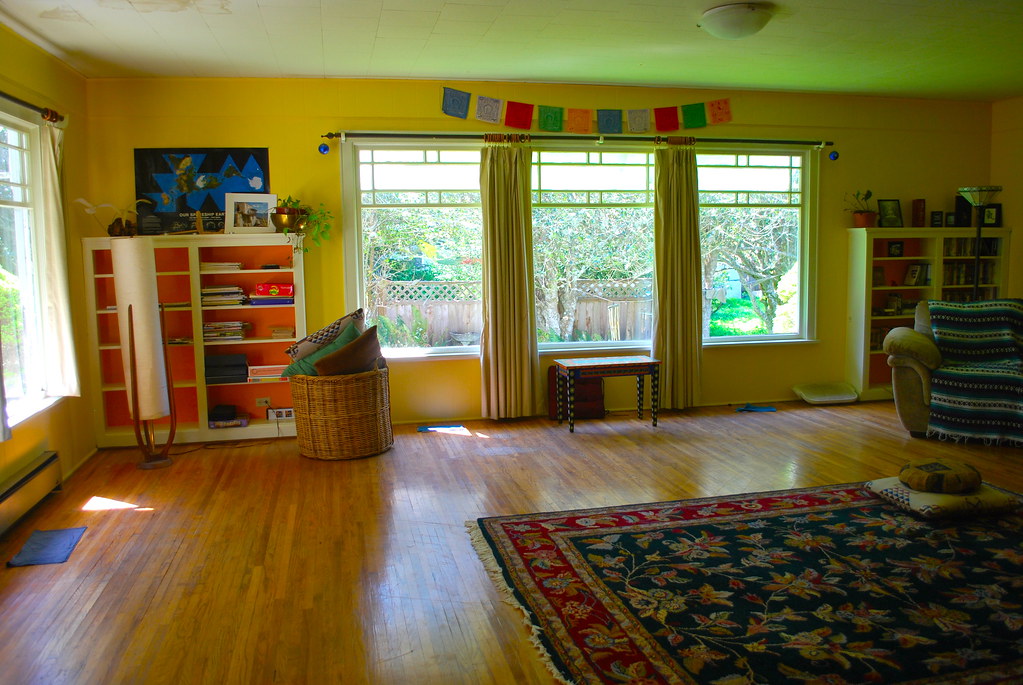
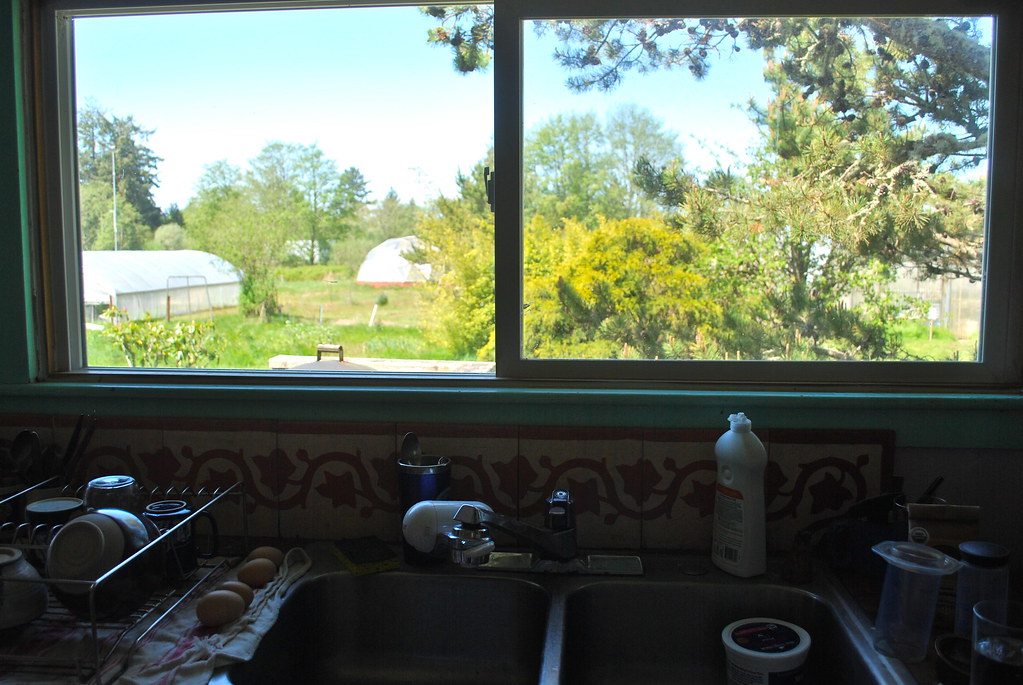
Along the same lines, I'm still thinking about soil too. Like happiness, good soil structure can be challenging to maintain. Nutrients and carbon are lost to microorganisms and growing crops, and must be replenished over time. When plant tissues and wastes from consumers (ie: urine and manure) are composted, nutrients and humus are returned to the soil. But since most of us don't pee on the garden, those fertilizers often come from outside sources and are produced with nonrenewable resources.
Because systems tend toward disorder, no farm (organic or otherwise), can be sustained indefinitely. However, with proper soil maintenance (adding cured compost grown in your own garden), complete self-sufficiency is possible long-term.
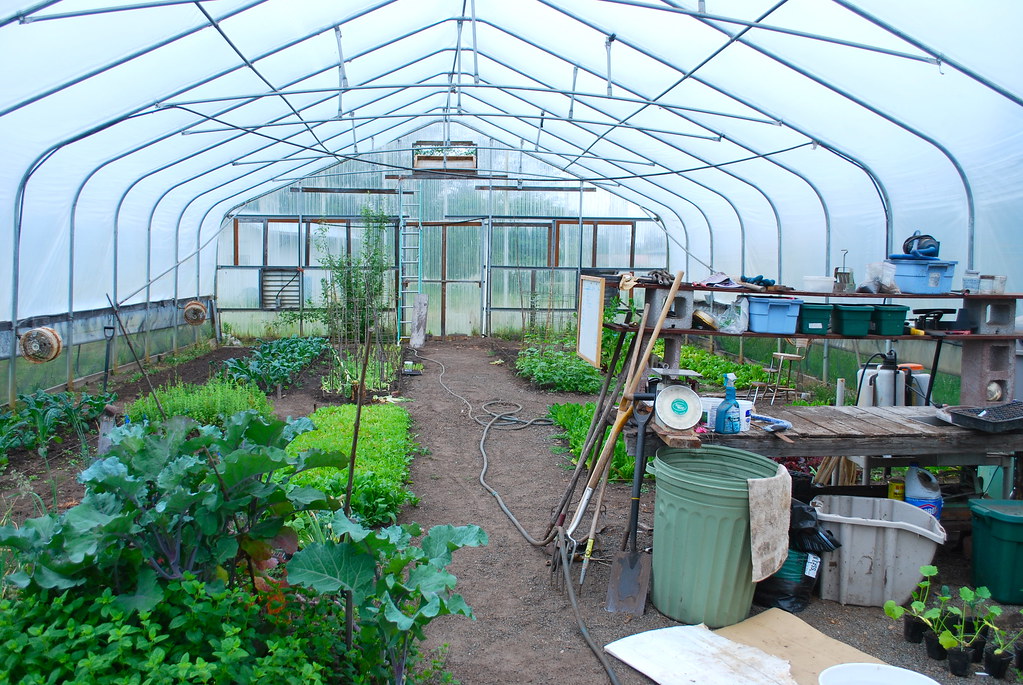


To maintain soil fertility, The Biointensive method follows the 60:30:10 ratio:
In a given growing area, 60% of land is devoted to carbonaceous and calorie-rich crops, which produce food for you and carbon for the compost pile. Examples include grains such as wheat and corn, sunflowers, and grapes. An additional 30% of cultivated land goes to highly caloric root crops like potatoes and leeks, with the final 10% for relatively low calorie vegetable crops to add variety to the diet, or to sell at market (soybeans, onions, carrots, and beets, to name a few). This growing style is meant to optimize the health of the gardener and of the garden. As always, see Jeavons' How to Grow More Vegetables and the Ecology Action website for more detailed information.
Last but not least, I'm loving Nahko & Medicine for the People these days. Calm, catchy, and uplifting:
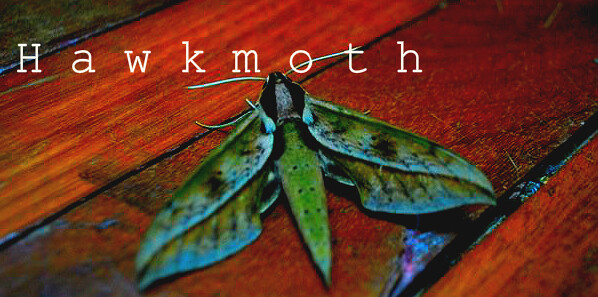
No comments :
Post a Comment